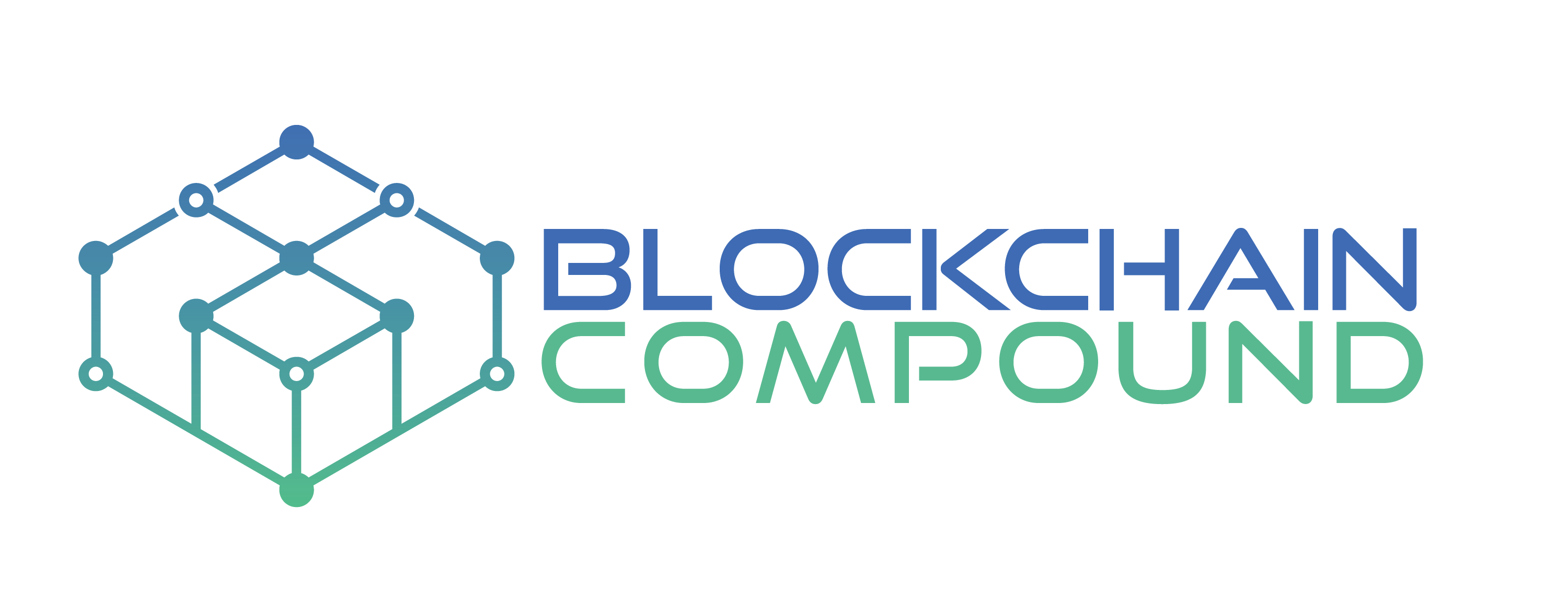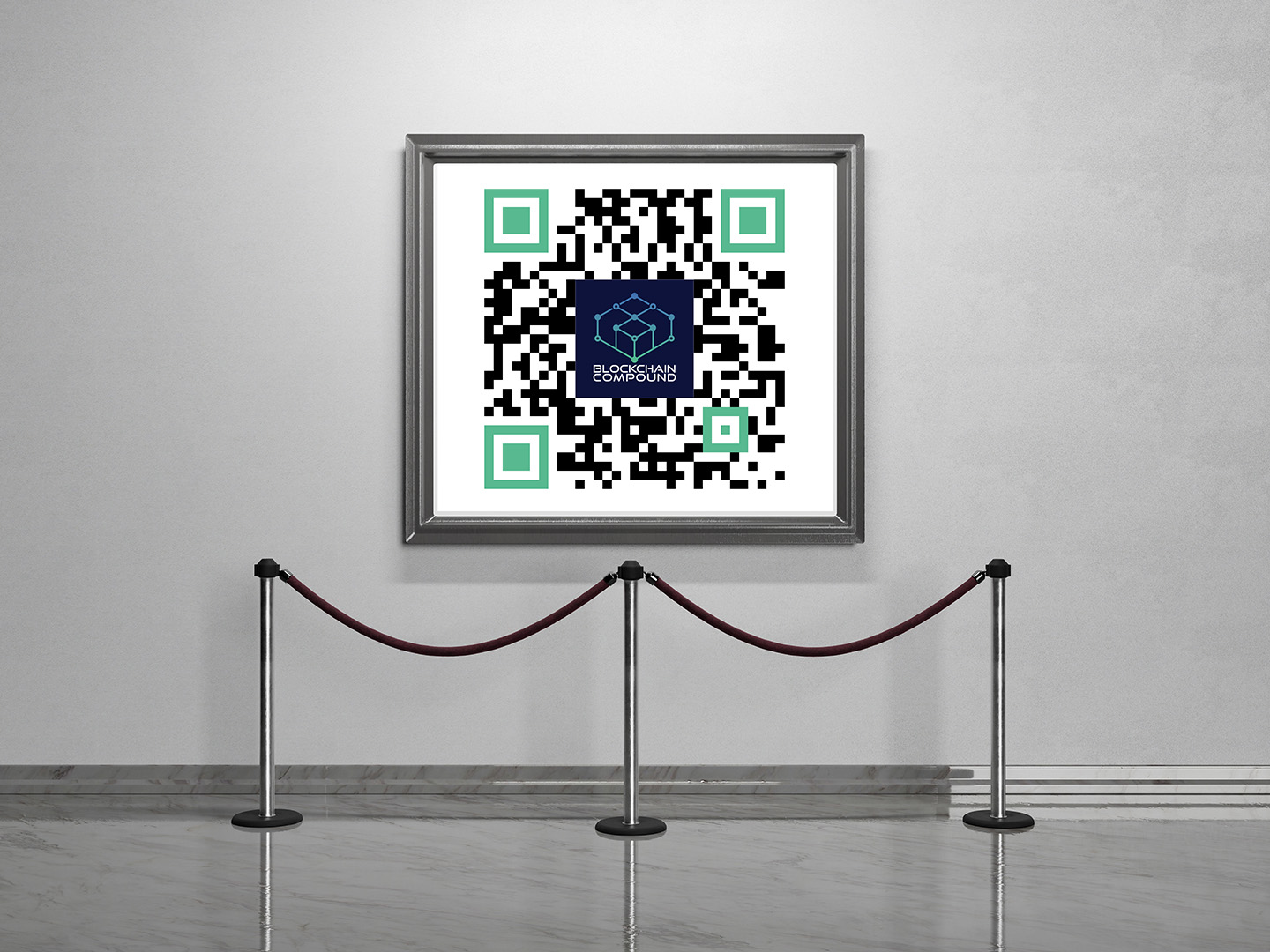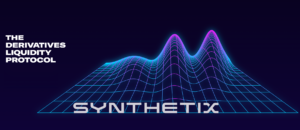A non-fungible token (NFT) is a unique digital asset that is stored on a blockchain and represents ownership of a unique item or piece of content, such as a piece of art, music, or video. Unlike fungible tokens, such as cryptocurrencies, which are interchangeable and have equal value, NFTs are one-of-a-kind and cannot be duplicated or divided.
The role of NFTs in the art world has been rapidly growing in recent years, as they offer a new way for artists and collectors to sell, buy, and trade digital art. NFTs allow artists to monetize their work and retain control over its distribution and use, while collectors can easily verify the authenticity and ownership of a piece of art.
NFT transactions
The use of NFTs in the art world has also raised some questions and concerns, such as the environmental impact of NFT transactions and the potential for the market to become oversaturated.
NFT transactions refer to the buying and selling of NFTs, which are stored on a blockchain. Each time an NFT is bought or sold, a transaction must be recorded on the blockchain, which requires computing power and energy. This has raised concerns about the environmental impact of NFT transactions, as the process of recording these transactions consumes a significant amount of energy.
The potential for the NFT market to become oversaturated refers to the idea that there may come a time when the supply of NFTs exceeds demand, leading to a decline in their value. This can happen when the number of NFTs in circulation increases too rapidly, causing the market to become flooded with too many options for collectors to choose from. This could lead to a decrease in the demand for NFTs and a decline in their prices, making it more difficult for artists and collectors to sell their work.
It’s important to note that these are potential challenges and the future of the NFT market is uncertain. The use of NFTs is still relatively new, and it remains to be seen how the market will evolve.
How NFTs benefit the artist
Non-fungible tokens (NFTs) offer a number of benefits for artists in the digital age. Here are just a few of the ways that NFTs are revolutionizing the way artists monetize and sell their work:
- Monetization: Artists can now sell digital art and retain ownership of their work through NFTs. This allows them to monetize their creations in a way that was previously not possible. NFTs also provides artists with a direct line to their audiences, allowing them to bypass intermediaries and receive a larger share of the revenue generated from sales.
- Control over distribution and use: NFTs give artists control over how their work is used and distributed. This includes control over the resale of their work, as well as the ability to set restrictions on how their work can be used. This helps artists to protect their brand and ensure that their work is not used in a manner that is inconsistent with their values or intentions.
- Verifiable ownership: NFTs provide a clear and verifiable chain of ownership for digital art, making it easier for artists and collectors to prove the authenticity and ownership of a piece of work. This helps to prevent fraud and counterfeiting and gives artists peace of mind that their work will not be misused.
- Increased exposure: By selling NFTs, artists can reach a global audience and receive exposure for their work that was previously not possible. This exposure can lead to new opportunities and recognition for their work, which can help to further their careers.
- Liquidity: NFTs provide artists with a new avenue for selling their work and generating revenue. This liquidity can help artists to turn their passion into a sustainable source of income and support their creative endeavors.
Let’s elaborate a bit more about Verifiable ownership and Monetization
Every time an NFT changes hands, the transaction is recorded on the blockchain and is visible to anyone with access to the network.
This level of transparency provides a clear and verifiable chain of ownership for digital art. It makes it possible for artists and collectors to easily prove the authenticity and ownership of a piece of work, without having to rely on intermediaries or traditional forms of documentation. This helps to prevent fraud and counterfeiting, and gives artists and collectors peace of mind that their work will not be misused.
In addition, NFTs provide artists with greater control over the distribution and use of their work. This includes the ability to set restrictions on how their work can be used and the control over the resale of their work. This helps to protect the artist’s brand and ensures that their work is not used in a manner that is inconsistent with their values or intentions.
Monetization of non-fungible tokens (NFTs) works by allowing artists to sell their digital art and retain ownership of their work. NFTs are unique digital assets that are stored on a blockchain, and each NFT is associated with a specific piece of digital art. When an NFT is sold, the ownership of the digital art is transferred to the buyer, but the artist retains the original NFT.
The process of selling an NFT typically involves listing it for sale on a marketplace that specializes in NFTs. The marketplace acts as an intermediary, allowing the buyer and seller to negotiate the price and terms of the sale. Once a price is agreed upon, the transaction is recorded on the blockchain and the buyer takes ownership of the NFT and the associated digital art.
Because NFTs provide a direct line to their audiences, artists can bypass intermediaries and receive a larger share of the revenue generated from sales. This is a major benefit for artists, who can now monetize their digital art in a way that was previously not possible.
In addition, NFTs provide artists with greater control over the distribution and use of their work. This includes the ability to set restrictions on how their work can be used and the control over the resale of their work. This helps to protect the artist’s brand and ensures that their work is not used in a manner that is inconsistent with their values or intentions.
Overall, the verifiable ownership and monetization provided by NFTs are major advantages in the world of digital art. It helps to prevent fraud and counterfeiting, provides artists with greater control over their work, and offers a new way to verify ownership and authenticity. This, in turn, is helping to build trust in the digital art market and is driving the growth and popularity of NFTs while providing a direct line to their audiences and greater control over their work.
Summary
In conclusion, NFTs are a powerful tool for artists in the digital age, offering a new way to monetize and sell their work. By providing control over distribution and use, verifiable ownership, increased exposure, and liquidity, NFTs are helping artists to protect their brand and support their careers. Overall, they are a unique and innovative application of blockchain technology that is changing the way the art world operates and is helping to create new opportunities for artists and collectors alike.




